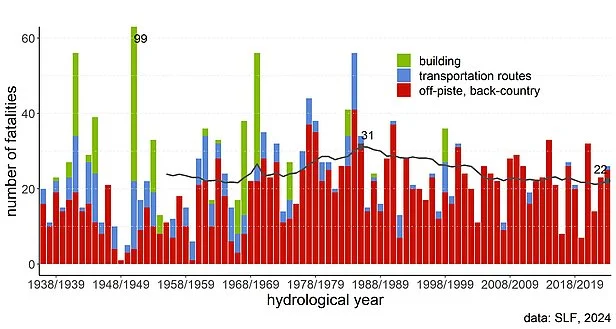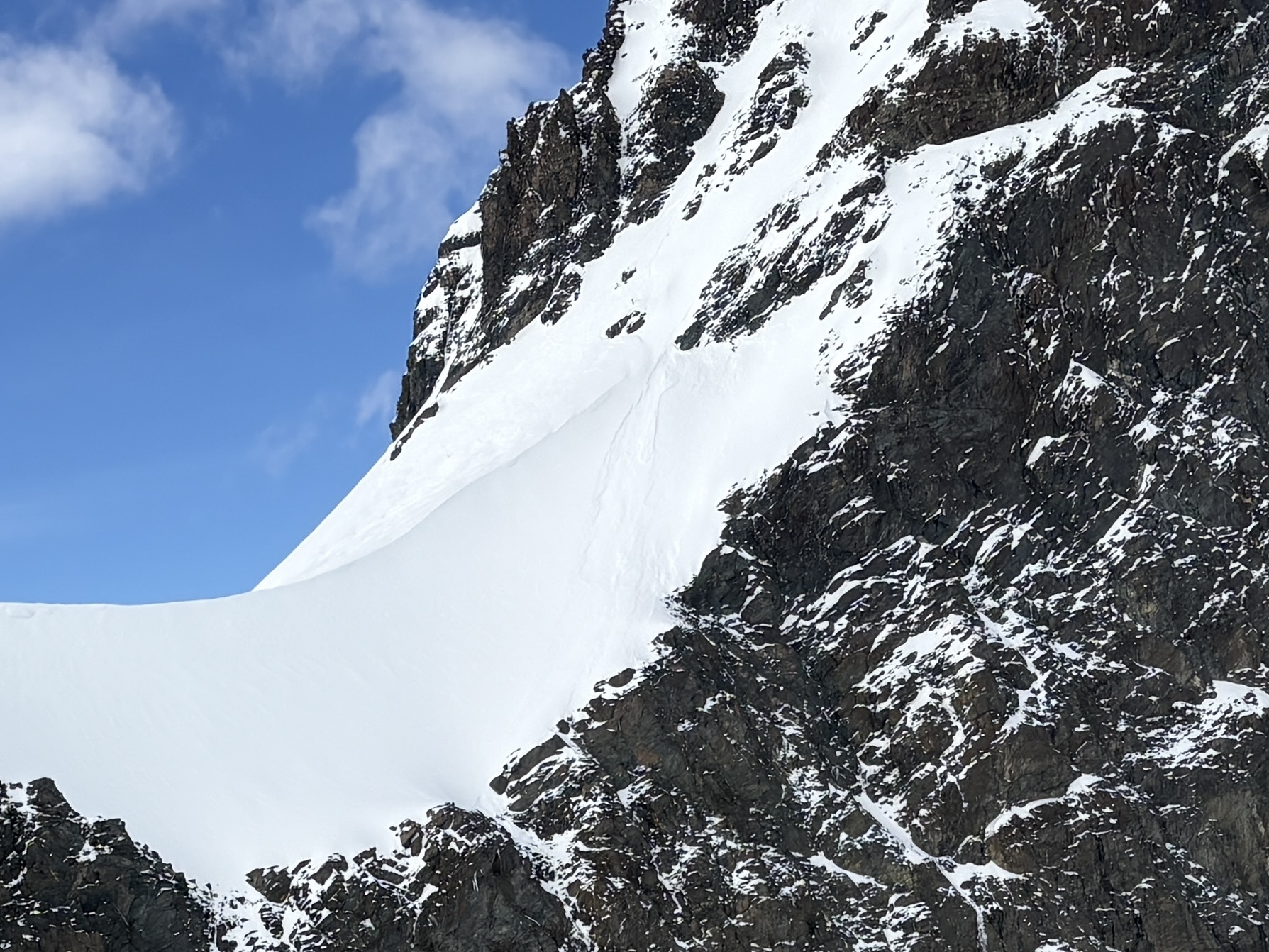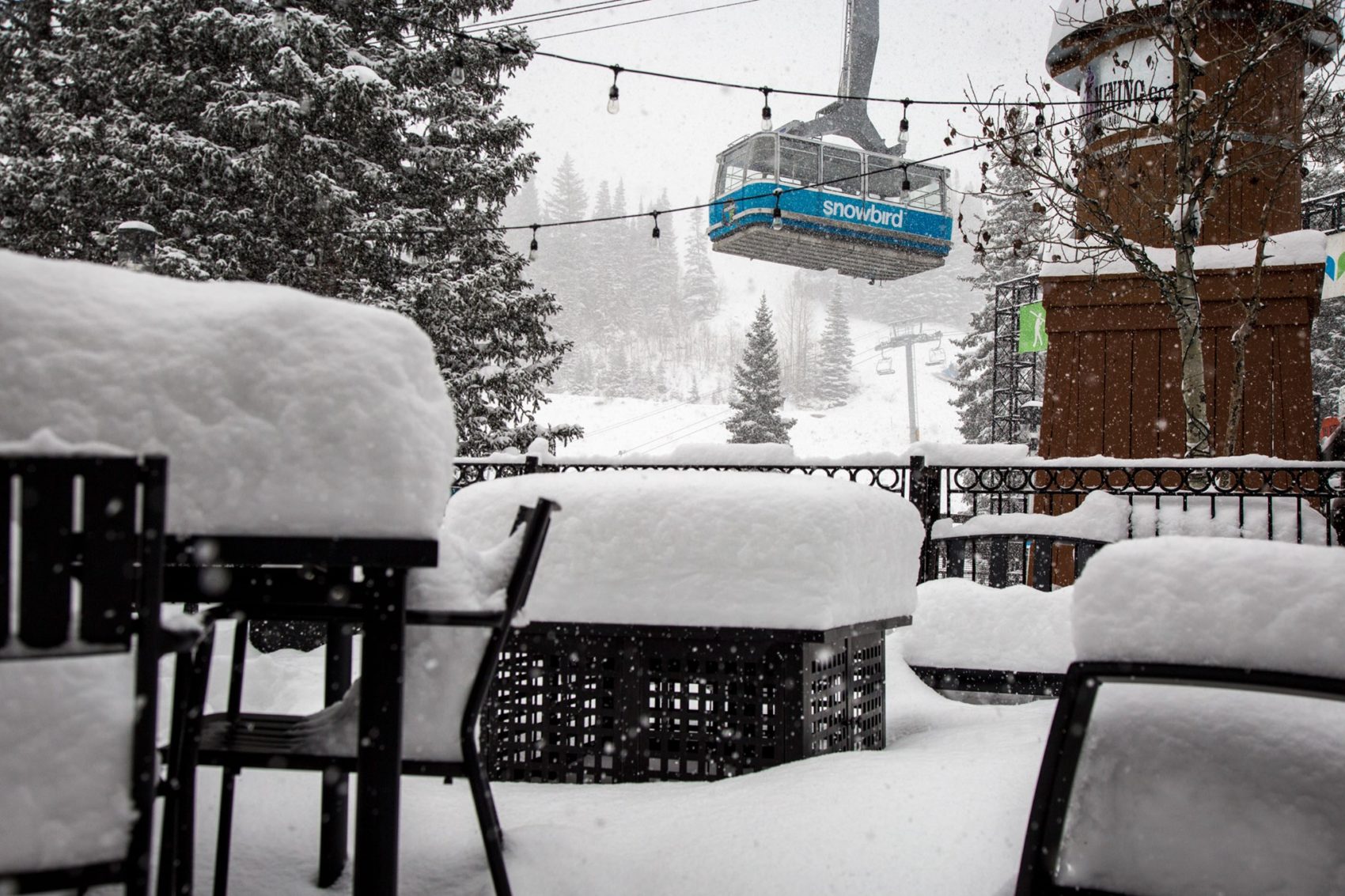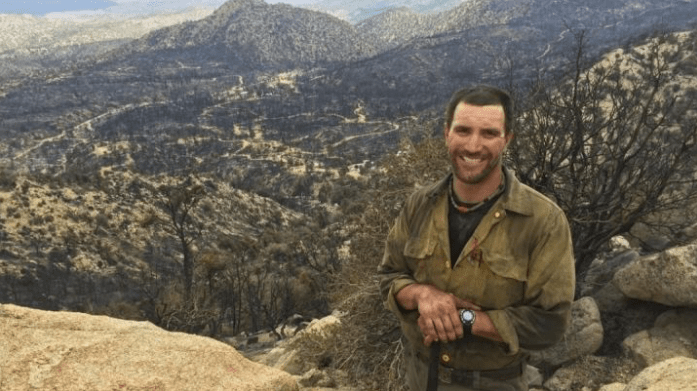
What began as one of the lowest-risk winters in recent memory has ended on a tragic and unexpected note: the number of people killed in avalanches in Switzerland during the 2024–25 season has risen to 21, following a series of deadly late-season accidents—including five fatalities in a single event on the Rimpfischhorn at the end of May.
Up until mid-April, the winter had appeared relatively safe. Only 10 avalanche fatalities had been reported by the Swiss Institute for Snow and Avalanche Research (SLF), well below the 20-year average of 19 for that point in the season. The winter of 2024–25 was also ranked among the 10 mildest on record since measurements began in 1864, with unusually low snowfall across much of the Swiss Alps, particularly in the east. But more than doubling the number of avalanche deaths in just over a month is not something even experts at the SLF could have foreseen. In the last two hydrological seasons only four people died during the month of May. The sharp rise in fatalities has now brought this season’s toll slightly above the long-term average, underscoring how quickly mountain conditions—and risks—can escalate.

A key turning point came immediately after the SLF’s last report on April 14. Between April 15 and 17, the country witnessed a historic snow event, breaking national snowfall records. At the Bortelsee station, an astonishing 89 inches (226 cm) of snow fell in just two days — and 97 inches (247 cm) over three days. This now stands as the largest amount of snow ever recorded in Switzerland in those timeframes, surpassing benchmarks set in 1999 at the Bernina Pass and in 1990 at Weissfluhjoch. The event dramatically increased avalanche danger and triggered a surge in activity through late April and May.
Until April 14, the two most avalanche-active periods had been the final week of December 2024 and the end of January 2025. However, with the intense late-season snowfall and subsequent fatalities, it is now likely that May was the most avalanche-active month of the 2024–25 season—although updated figures from the SLF are still pending. This late spike in activity reflects how unusual weather extremes can override seasonal patterns and assumptions about risk.
From October 1, 2024, to April 14, 2025, the SLF recorded 156 personal avalanches involving 216 individuals—both figures slightly above the 20-year average. The majority of earlier-season incidents resulted in minor injuries, thanks to effective companion rescue and generally smaller avalanche sizes. However, the late-season shift brought larger, more dangerous slides and will likely push this figure even further above the 20-year average.

Of the 21 people killed this season, 18 were ski touring in the backcountry, and three were skiing off-piste outside marked runs.All incidents occurred in unsecured terrain. Most were isolated, single-fatality events and three avalanches killed two people, however, the Rimpfischhorn accident with five dead will stand out as the worst avalanche accident of the 2024–25 season—possibly the decade. The accident is still under investigation at this point. What is known at this stage is that the five backcountry skiers were traveling in two groups: one of two and one of three people, of which the latter group was not secured with ropes. It is unclear if one group caused the slide or if it was triggered spontaneously.
Avalanches causing property damage remain well below average. As of April 14, only 21 such incidents had been reported, compared to a 20-year average of 84 by the end of September. With the May events, these figures may rise, but comprehensive data will not be available until the SLF publishes its full winter report at the close of the hydrological year on September 30, 2025.
The trajectory of the 2024–25 season—from a mild, low-snow winter to a record-breaking snow event and sudden spike in fatalities—highlights the unpredictable and volatile nature of avalanche danger. Even in quiet seasons, the mountains can change in a matter of days.




